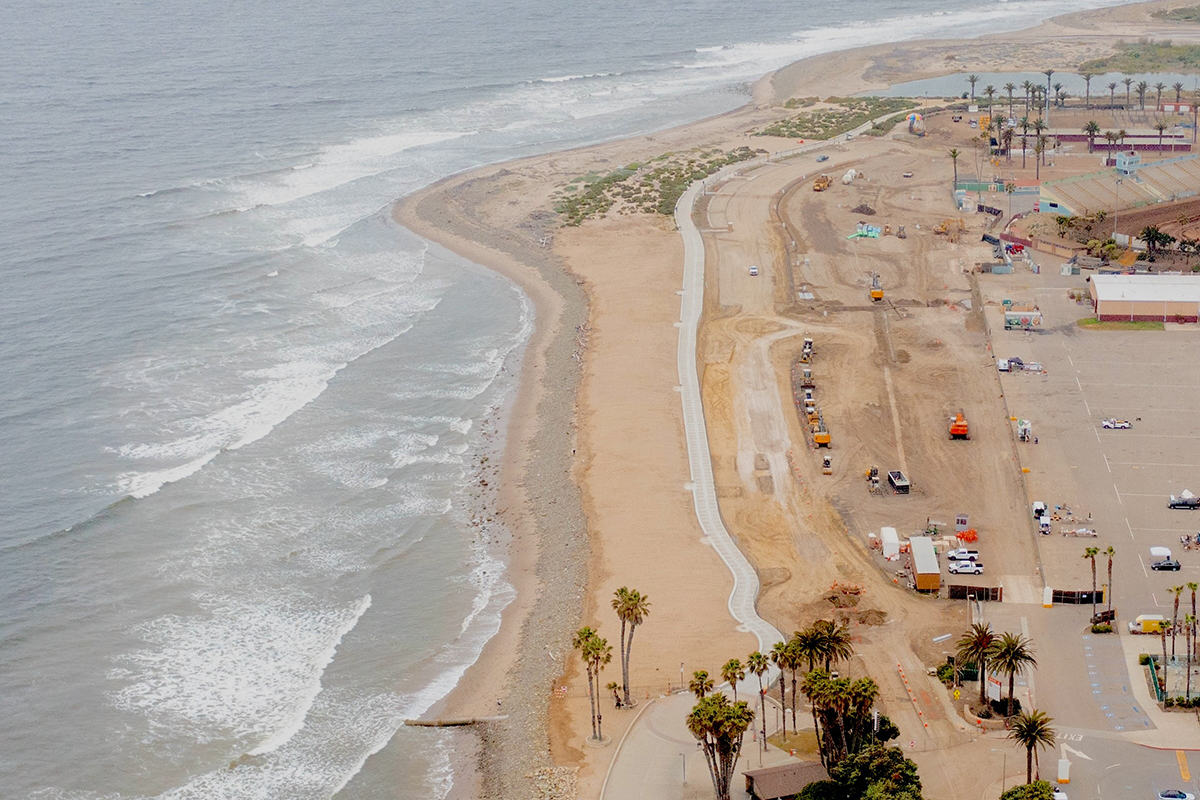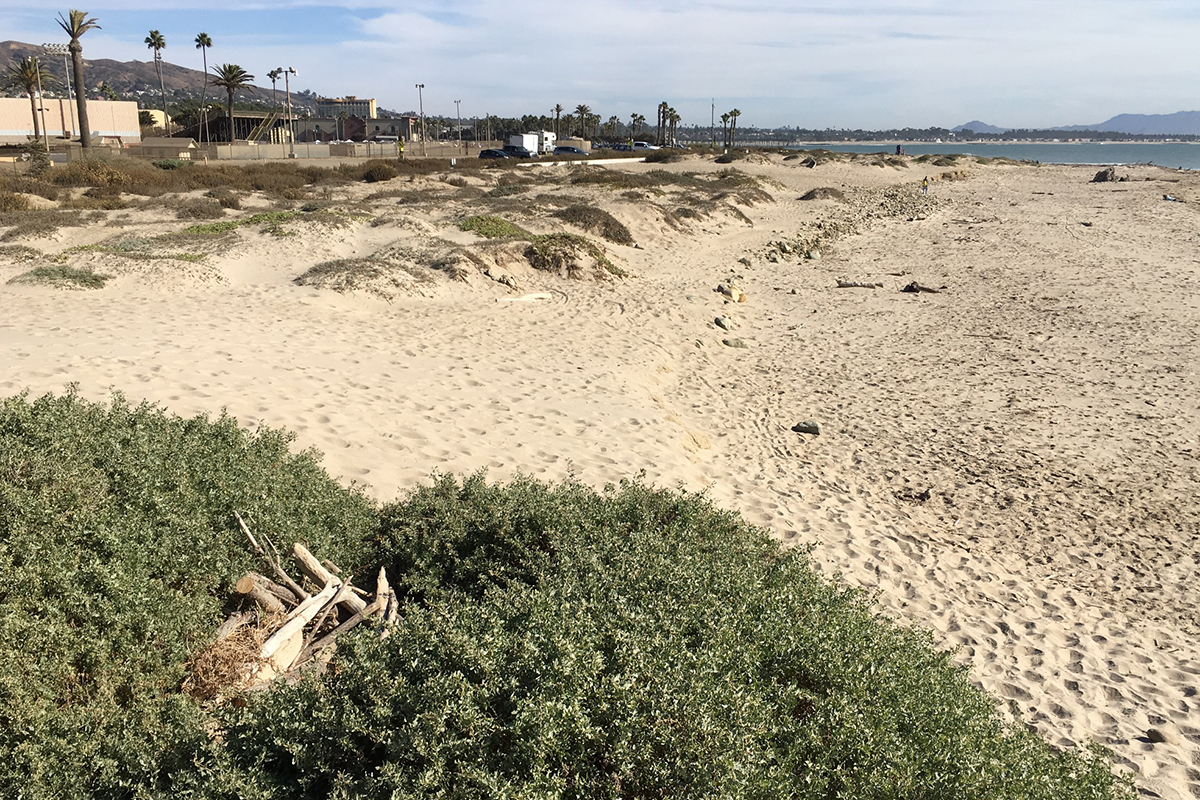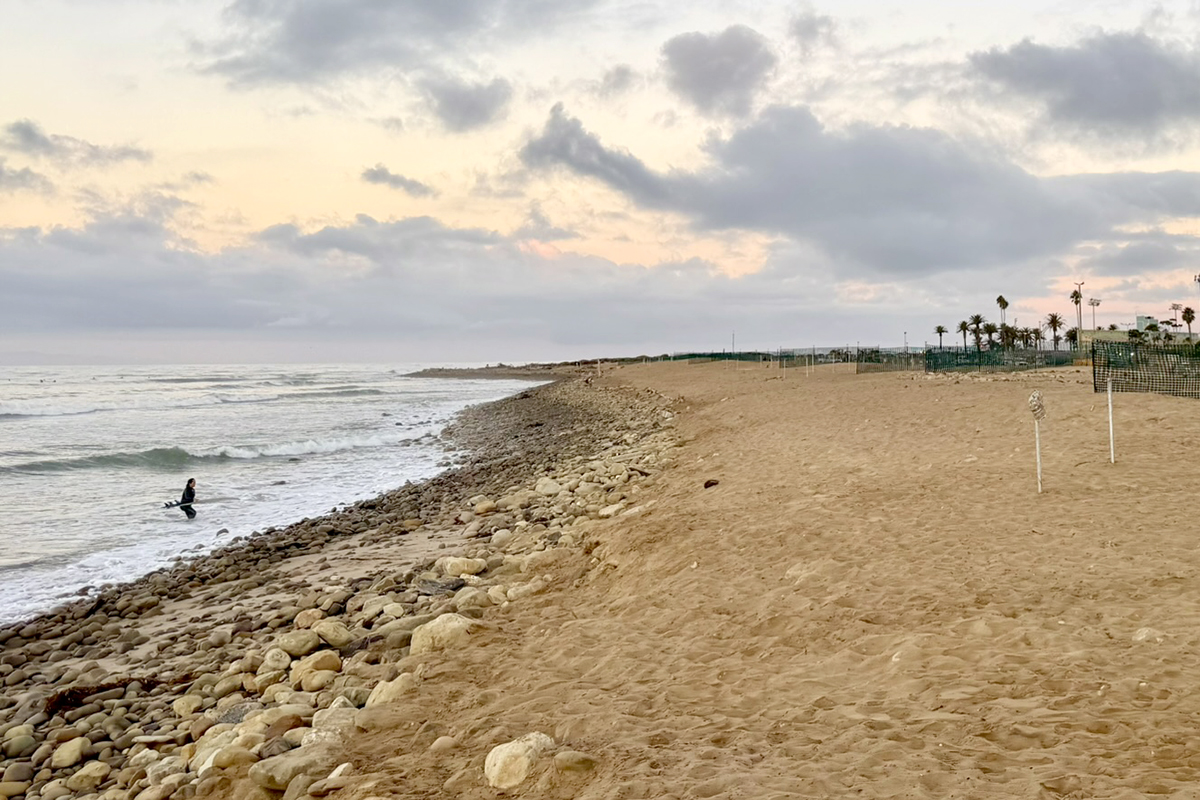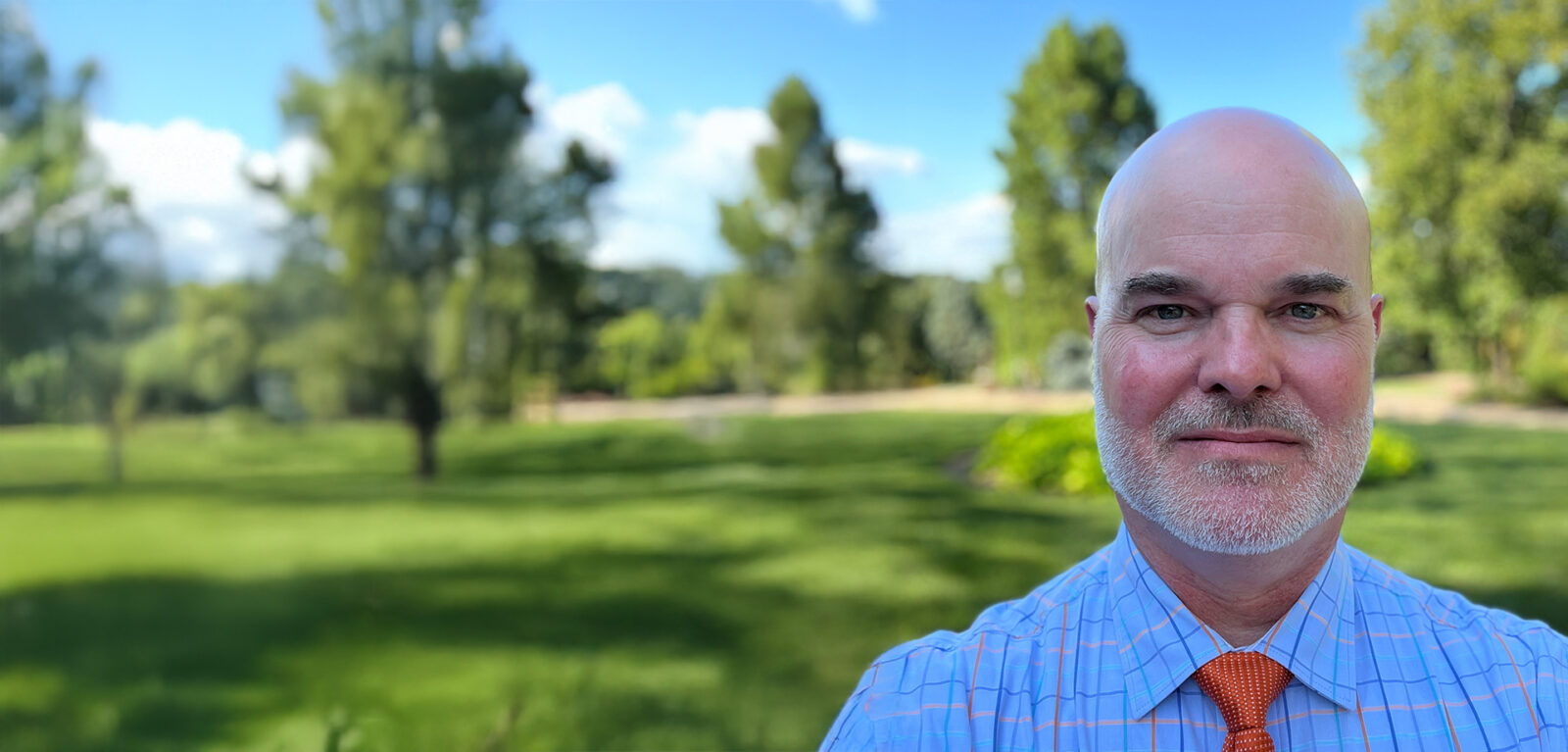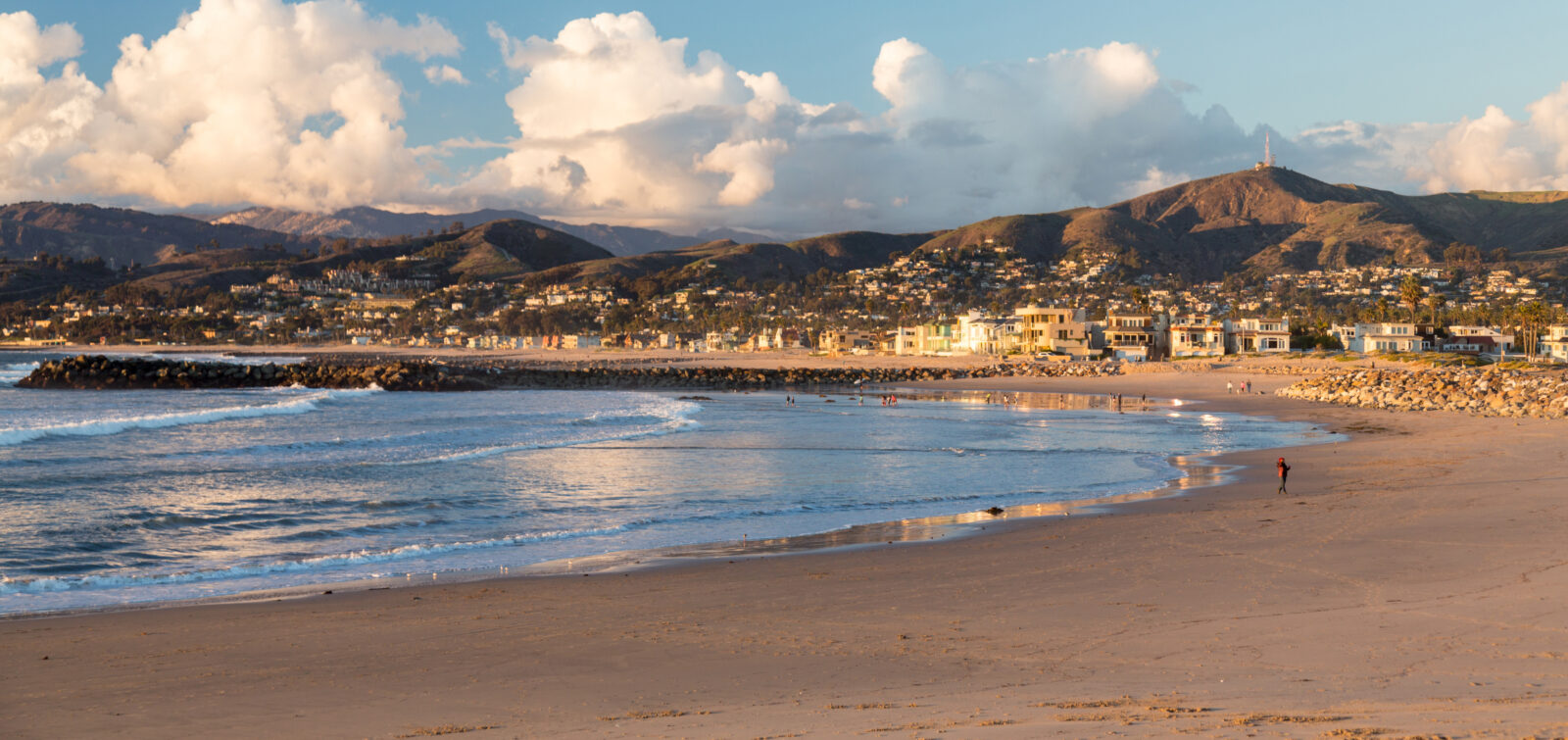ESA’s innovative, nature-based design at Surfers Point in Ventura demonstrates the success of coastal restoration in enhancing habitat, improving coastal access, and protecting infrastructure.
In Ventura, California, where waves roll in from the Pacific and surfers have long gathered, a quiet revolution in coastal restoration has taken shape. For more than 30 years, the Surfers Point project has stood as a test of patience, collaboration, and innovation—proving that protecting the coast doesn’t have to mean hardening it. Led by the City of Ventura, ESA has helped advance this nationally recognized effort by completing the engineering design to transform a once-eroding parking lot and bike trail into a model of natural adaptation and public access.
When coastal storms eroded the shoreline in 1990, the initial response was to declare an emergency and dump rocks to protect the trail and parking areas. Efforts soon began to hold the shore in place with traditional armoring or a seawall. This conventional fix would have protected infrastructure, but at the cost of beach access, dune habitat, and long-term shoreline stability. As rising sea levels and other climate impacts accelerated coastal erosion, the community instead embraced a radical concept proposed by the Surfrider Foundation: a managed shoreline retreat. This approach allows the shoreline to naturally move inland rather than relying on hard structures to fight erosion, while relocating infrastructure landward and restoring natural cobble and dune systems.
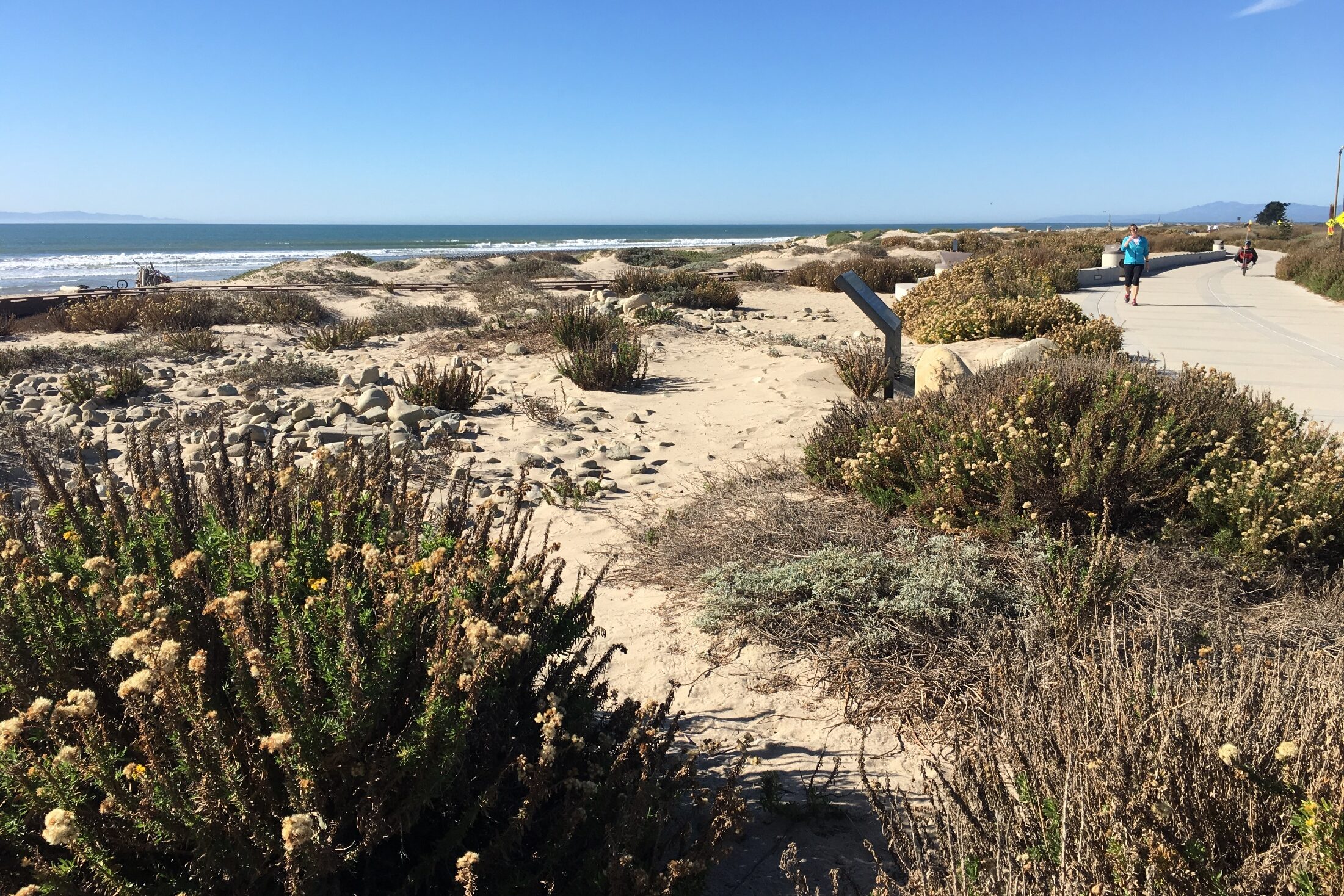
Drawing inspiration from nearby Emma Wood State Beach’s dimensions and space requirements, preliminary design work began in 2005 to develop a cobble berm and dune system that mimics natural landforms, allowing waves to reshape the coast gently rather than fight against it. This nature-based design marked one of California’s earliest examples of a “living shoreline,” years before the term entered the mainstream.
Instead of a seawall, ESA used applied geomorphology, a design concept that relies on mimicking a natural system or reference site to create a living shoreline that protects infrastructure, restores habitat, and keeps the coast open to everyone.
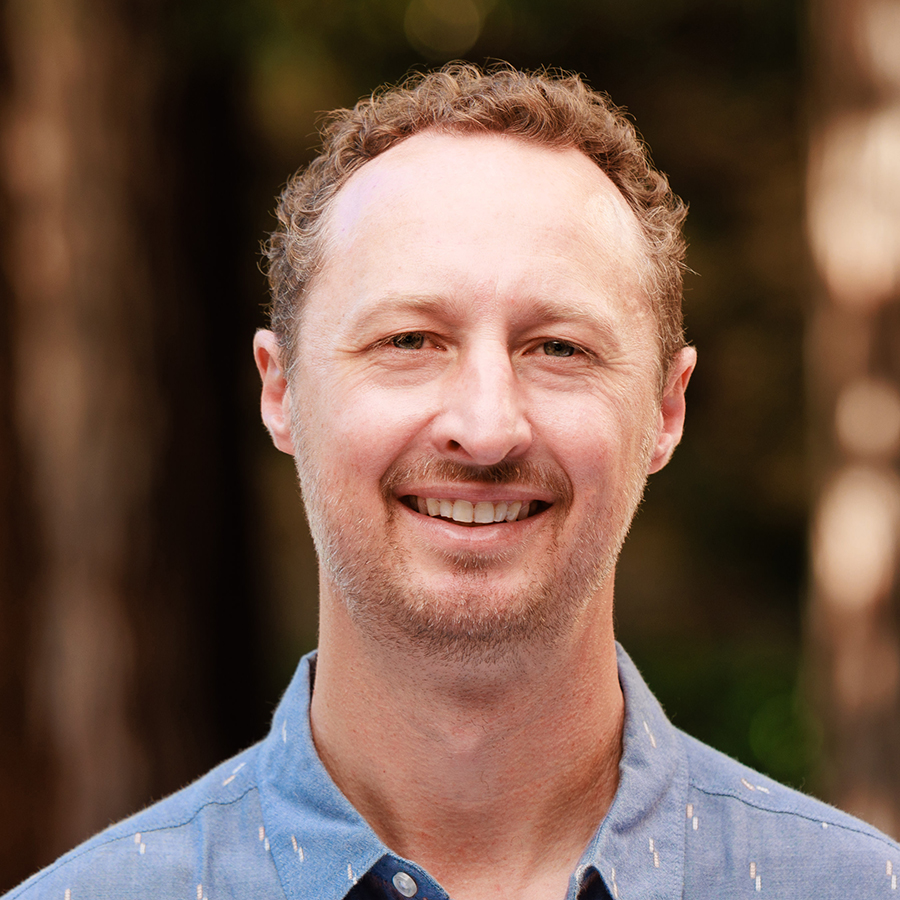
“Instead of hardening the coast, we let nature show us how to protect it.”
Louis White, PE, Senior Coastal Engineer
Phase 1 of the project, completed in 2011, widened the beach by up to 80 feet, restored the dunes, and made the shore more resilient to storms and sea level rise. The restored dunes and cobble berm have endured storm impacts over the last 15 years, protecting infrastructure while preserving the beach and surf break. Over the 15 years that followed, ESA and the City of Ventura closely monitored the site, collecting topographic data and studying how the landscape evolved. The lessons learned became the foundation for Phase 2 (now nearly complete) and will inform regional shoreline projects and academic research across California for decades to come.
The City constructed Phase 2 of the project in early 2025, which extended the restored beach approximately 1,000 feet down the shore and relocated parking and the trail landward. The final touches are underway this fall: planting and seeding native dune vegetation, rebuilding the parking area, and enhancing pedestrian and bike access. The results are visible not only in the thriving natural habitat but also in Surfers Point’s status as a world-class surf and recreation destination—a place where people can experience a restored, functioning coastal ecosystem up close. The American Shore and Beach Preservation Association recently recognized the project with its Project of the Year Award, underscoring its national significance.
Click through the slideshow above to see images of Phase 1 and Phase II, prior to, and just after construction was completed.. Images by ESA and courtesy Paul Jenkins/Surfrider Foundation.
Today Surfers Point is a testament to what can happen when engineers, ecologists, and communities design with nature, not against it. ESA’s applied geomorphology approach is grounded in science, shaped by collaboration, and guided by respect for natural systems. This project offers a blueprint for future restoration and adaptation efforts along California’s dynamic coast.
For more information on shoreline management, contact Louis White, PE, Senior Coastal Engineer.
This project reflects decades of teamwork and commitment among local, regional, and state partners, each playing a vital role in preserving Surfers Point’s beauty and functionality.
City of Ventura
Ventura County Fairgrounds
California Coastal Conservancy
Beach Erosion Authority for Clean Oceans and Nourishments (BEACON)
California Coastal Commission
Federal Highway Administration
Surfrider Foundation
Patagonia
Environmental Science Associates
RRM Design Group
Coastal Recreation Consultants
California State University Channel Islands
Rasmussen Construction


